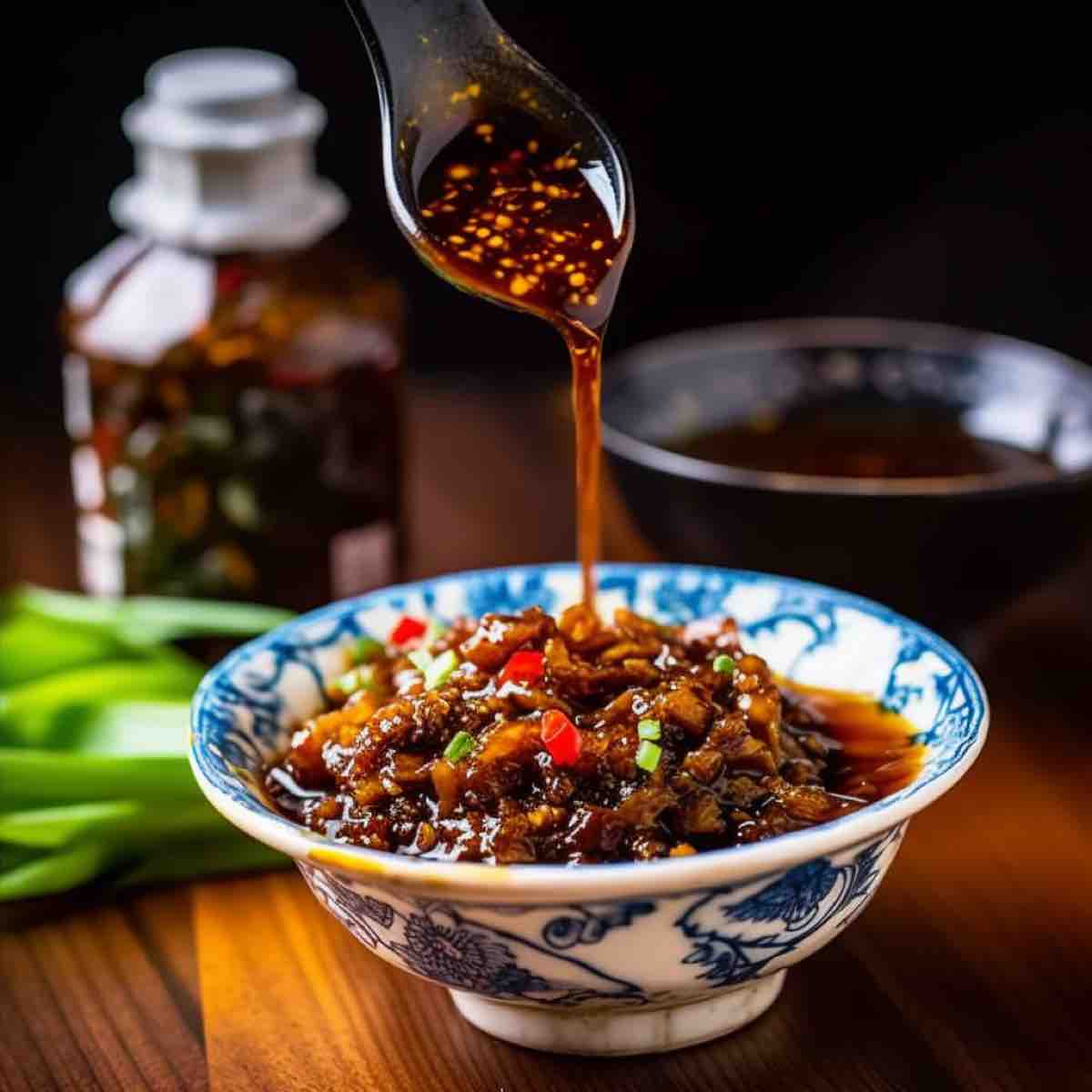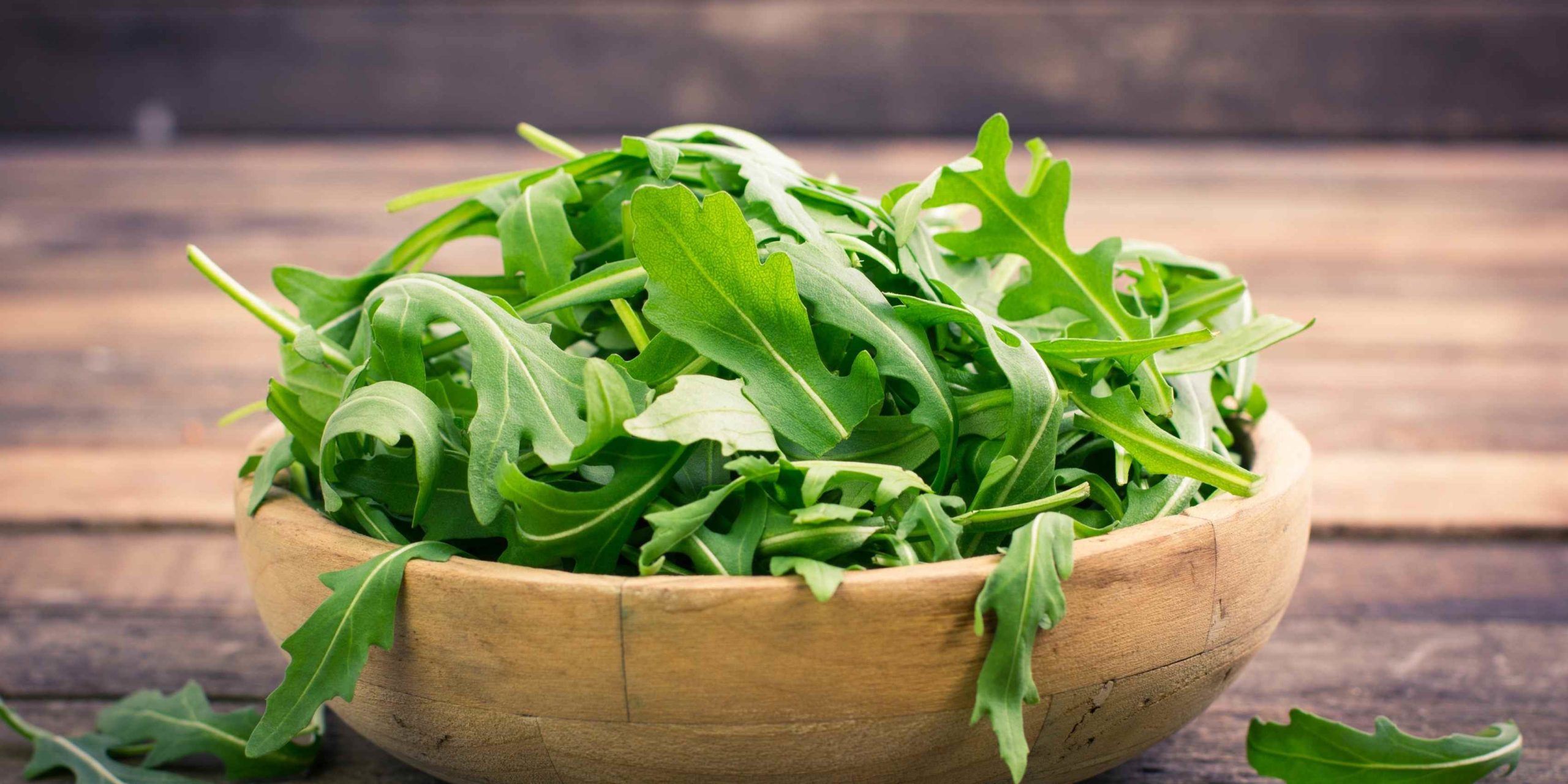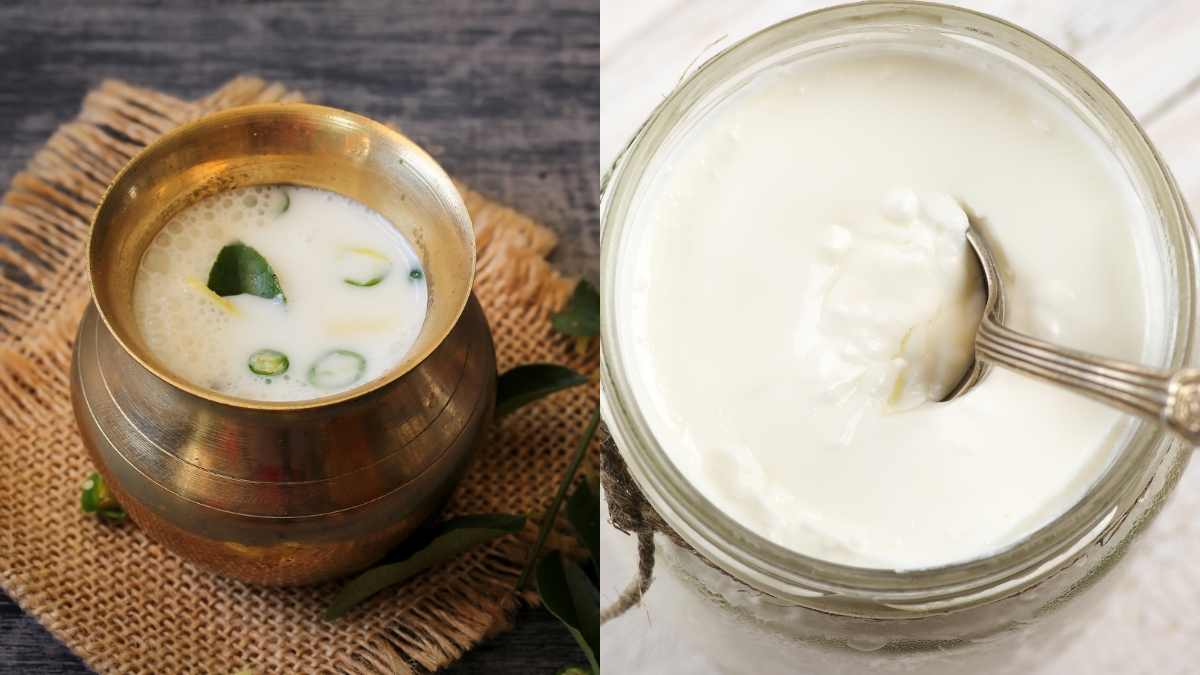How to Do Ingredient Substitutions Correctly
If you’re looking for a way to make your recipes more affordable, or just want to try out new ingredients, then ingredient substitutions are the answer. But if you don’t know how to do them correctly, it can be disastrous! Here we talk about what to look for when making substitutions and some of the pitfalls that people often fall into.
At the end of this article, we list all our different substitutions for various recipes and products have a look before you leave they are at the end of the page.
What is an Ingredient Substitution?
Substitution happens when you substitute one ingredient for another. For example, if you want to make chocolate chip cookies you can use butter instead of shortening because both have similar properties
Another way of looking at is – Substitution happens when you use different ingredients for the exact same purpose. For example, I can substitute water for milk in my morning cup of joe. Or, I can use bread instead of pasta.
Why Is the Substitution of Ingredients Needed?
The reason why we need to substitute ingredients when preparing a recipe is that the recipe may have been written by someone else who has different tastes from our own. For example, if I was cooking for my mother-in-law, she would like her food to taste sweeter than mine. So, instead of using sugar, I use honey. Or, if I am making a cake for my husband, he likes his cakes to be lighter than mine so I use less flour. There really are a myriad of reasons why you might want to substitute ingredients.
Of course one of the most common reasons why we substitute ingredients is we do not have that particular ingredient that is called for in our pantry. So we need to find a substitute.

What Are the Ways of Substituting Ingredients
The most common way of substituting ingredients for another is to look for other ingredients that have similar properties.
For example, instead of using sugar, use honey. Substitute ingredients for each other.
However, we do need to have an understanding is it a one to one substitution or maybe it’s a 2-to-1 substitution and that’s why we go searching on Google or the Internet to find somebody who can give us the right advice. This is what this series of articles is all about.
Tried and tested substitutions from years of experience in commercial food operations from cafes restaurants to food manufacturing or require food substitutions from time to time and we have done it all so we hope that you enjoy the series of articles.
Here are some other examples –
- Instead of flour, use cornmeal. Cornmeal has a different texture than flour.
- Substitute water for milk. Water has a different consistency than milk.
- Replace butter with margarine. Margarine has a different flavor than butter.
- Replace eggs with egg whites. Egg whites have a different consistency than whole eggs.
- Substitute ingredients for a combination of ingredients. For example, mix spices together to make a spice
Cooking is a great activity for people who like food. It’s also a good way to try out different recipes. However, sometimes, when you are trying to cook a certain dish, you might not have all of the required ingredients. So, how do know which ingredients can be replaced by other ingredients?
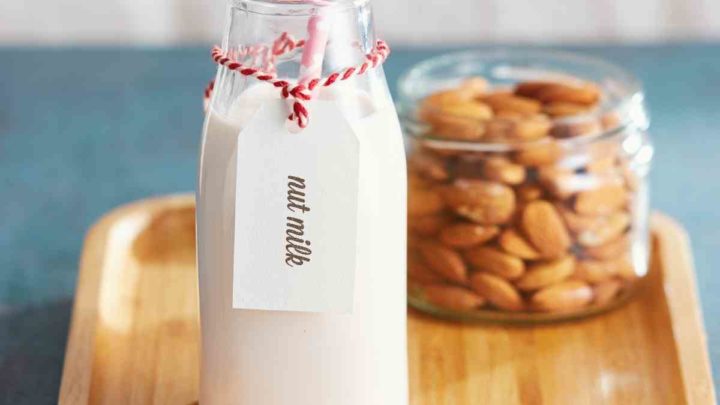
What are the Methods Of Ingredient Substitution
There are many methods of ingredient substitution. But which ones actually work?
1. Using A Recipe Book
A recipe book is a great place to start when trying to substitute ingredients. This method works because recipes usually include specific amounts of each ingredient.
2. Using The Ingredients In Other Recipes
If you already have a few recipes that you like, try using the same ingredients in those recipes instead. For example, if you love baking cookies, try substituting flour for breadcrumbs. Or if you love cooking chicken, try using ground beef instead.
3. Using A Shopping List
This method is similar to the previous one. Instead of using a recipe book, just keep track of what you need to buy. Then go shopping and buy everything you need.
4. Using Your Own Taste Preferences
Taste preferences change over time. So if you don’t like something now, you may end up liking it later. Try experimenting with different ingredients until you find something you enjoy.
5. Using A Food Processor
Food processors are great tools for chopping and mixing ingredients. They are also useful for grinding spices and nuts. You can blend your own special substations – so for whenever you see chili you just use your own special blend that you know will work perfectly for you.
What Is the Difference Between Generic Substitution
Sometimes food bloggers accept sponsorship from big companies and because of that, all their recipes contain the manufacturer’s ingredients that is called a branded recipe. So not always do we have that brand of ingredients in our pantry therefore we do a generic substitution. That is the meaning.
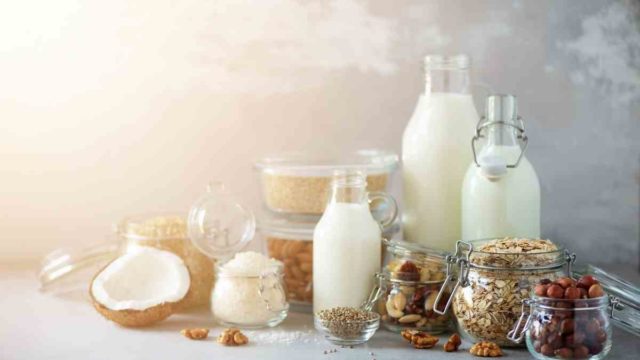
Generic Recipe Substitution vs No Brand – Which One Is Better?
Generic Substitutions are a common practice in the food industry. They are used when a manufacturer wants to save money by using a cheaper alternative ingredient instead of buying the name-brand product.
The problem with generic substitutions is that they often don’t taste as good as the original product. This is because the ingredients aren’t exactly the same. For example, if you buy a jar of peanut butter, you expect it to taste just like the real thing. But if you buy a jar labeled “generic”, you won’t know what you’re getting until you try it.
So why would anyone ever want to use a generic substitute? Well, sometimes it’s simply a matter of saving money. Other times, it’s because the company doesn’t want to spend the money on advertising. In either case, the end result is the same. The consumer ends up paying less than they should.
But what happens when you go to the store and see a brand name product on sale? Should you buy it? Or should you wait until the price drops further?
Well, the answer depends on whether or not the brand name product has been tested to ensure that it meets the standards set forth by the FDA. If it hasn’t, then you shouldn’t buy it. Even if it does meet those standards, you should still avoid it. Why? Because it’s possible that the quality of the product isn’t quite as high as advertised.
What Are Generic Substitutes?
A generic substitute is any type of product that is sold under a brand name, but which contains a different ingredient than the one listed on the label.
For example, let’s say that you want to buy a jar of peanut oil. You look around, and you notice that the brand name version costs $10.00. However, you see a similar jar of peanut oil for sale for $6.00. That’s a savings of $4.00.
Why Do Companies Use Generic Substitutes?
Companies use generic substitutes for two main reasons. First, they want to save money. Second, they want to keep their customers happy.
If you’ve ever bought a bottle of water, you’ll know that some companies charge a premium price for their bottled water. Others sell it for a fraction of the cost.
This is because bottled water is very popular. So, companies need to make sure that they can provide enough of it to satisfy demand.
XO sauce substitutes
Unleash culinary creativity with diverse XO Sauce alternatives, from savory oyster sauce to homemade garlic concoctions
Teff Flour Substitutes
Teff flour is a staple ancient grain and ingredient in Ethiopian and Eritrean cuisine, and it’s becoming more popular in Western countries as people become more interested in global cuisine….
Ponzu Sauce Substitutes
In Japanese cooking, ponzu is a citrus-based sauce that is very popular. Its tart taste and lack of consistency make it unsuitable for any dish. There are several substitutes for…
Best Tapioca Flour Substitutes
Tapioca flour, also known as tapioca starch, is a gluten-free substitute for regular flour. It has become very popular because it helps those who suffer from allergies or intolerances to…
Best Substitutes For Agar Powder
Agar is an essential ingredient for making desserts like cheesecake. Find out what other ingredients are used as agar substitutes and why they work so well!
Can You Use Milk Instead of Water in Brownie Mix
Can You Substitute Milk Instead of Water in Brownie Mix You don’t always have to follow the exact instructions on your brownie mix. You can jazz it up to make…
Can You Make Mac and Cheese without Milk
Can You Make Mac and Cheese without Milk? – What are the best Alternatives
Can You Substitute Water for Milk in Pancakes
Can You Substitute Water for Milk in Pancakes and Still Have Light Pancakes
Pork Belly Substitute
Pork belly is a fatty cut of pork from the pork loin. It has a high-fat content and is often used in Chinese cooking. Pork belly is also known as…
Egg Substitute For Meatballs
Egg Substitute for Meatballs – We Give You 15 Alternatives to Eggs so You Are Never Stuck
Best Soy Sauce For Chinese Cooking
Top 7 Soy Sauces For Chinese Cooking in Let’s investigate what the Best Soy Sauces for Asian Cooking Soy sauce isn’t a topic most people dwell on. Because most recipes…
Substitutes for Lemongrass
Fast Substitutes For Lemongrass That Are Likely To Be In Your Pantry Already
Safflower vs Saffron
Safflower VS Saffron – What Is The Difference Between Them? The main difference is the price and the intensity that Saffron has over Safflower. Saffron is so much more expensive…
Scotch Bonnet Pepper Substitute
Scotch Bonnet Pepper Substitute – Top 7 and why you should choose carefully
Arugula Substitute
Arugula Substitute – We cover the top 12 with the best alternatives covered in detail
Substitute for Pine Nuts
Best Substitues For Pine Nuts Did you know that pine nuts are the second most expensive kind of nuts in the world? It’s true. Just a few ounces of pine…
Best Mustard Powder Substitute
Best Mustard Powder Substitute – It is a common pantry product – how do you find an alternative.
Best Substitutes For Teriyaki Sauce
Best Substitutes For Teriyaki Sauce – we give the top alternatives.
Best Soy Sauce Substitutes
Best Soy Sauce Substitutes – what to consider when selecting an alternative
Substitute For Green Chiles
Substitute For Green Chiles – Top Alternatives – some hotter others more mild.
Best Substitute For Shortening In Frosting
Best Substitute For Shortening In Frosting – what can you use?
What Does Cornstarch Taste Like
What Does Cornstarch Taste Like – no if used properly it should be nuetral
How to Make Chili Flakes Oven and Dehydrator
Chili is the best condiment that can be paired with any dishes during your mealtime. The chili flakes enhance the flavor of your food with a spicy touch.
Club Soda vs Soda Water they’re Actually Different
Club soda and soda water are both carbonated, but they are made differently.
Club soda is made with water and carbon dioxide while soda water is just water and carbon dioxide.
Club soda is also flavored with salts, minerals, or natural flavors, while soda water is not.
This recipe for club soda is very simple and easy to follow.
What Is Lupin Flour
Lupin flour is another healthy ingredient a great Keto ingredient. See The nutritional Facts.
Culinary Terms
These common culinary terms range from different ways to prepare food and sauces to kitchen items to dishes themselves.
Healthy Food Guide
Healthy foods do not have to be boring, you just have to choose the right kind of food that perfectly fits your taste and diet.

